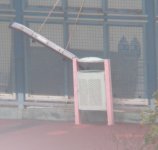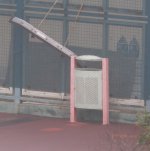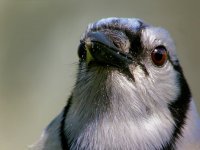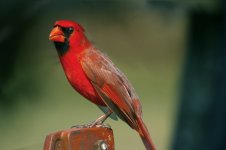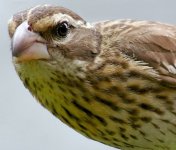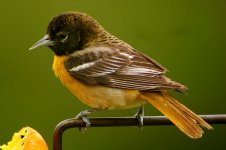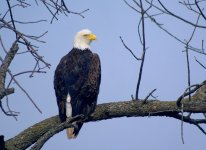Kevin Conville
yardbirder
I have one & like it very much.
The pentax eye pieces are second to none .But of course you can use any 1.25 EP.with it.
That's been my opinion as well.
I should mention that i also have Miyauchi saturn 71mm ,Garrett 100mm 45degree & Vixen 80 BT binoculars ,
Some of these can go as high as x115 for the Miyas & about 75 for the others BUT IF IT RAINS I HAVE TO GET THEM INSIDE.
If your viewing is under cover all the time i would definately consider something like the Garrett or Vixen big bins .They are cheaper than the Pentax & use I.25 EP,s like the scope but you need 2 of them.
The Miyauchis are the best but no longer available.
Wow, nice toys! The BT80s will take any 1 1/4" EPs? Have you used BT125s?
I've heard mixed reviews on them.
But for really great viewing the 10 14 & 20mm pentax XW,s are the ones to have.
I use those same EPs on my PF80 and it's hard to imagine a better view.
Do you have any other spotting scopes or have you compared the Pentax' against say, Swarovski, Kowa, or other high end scopes with their fixed EPs?
I'd like to hear of that comparison.




